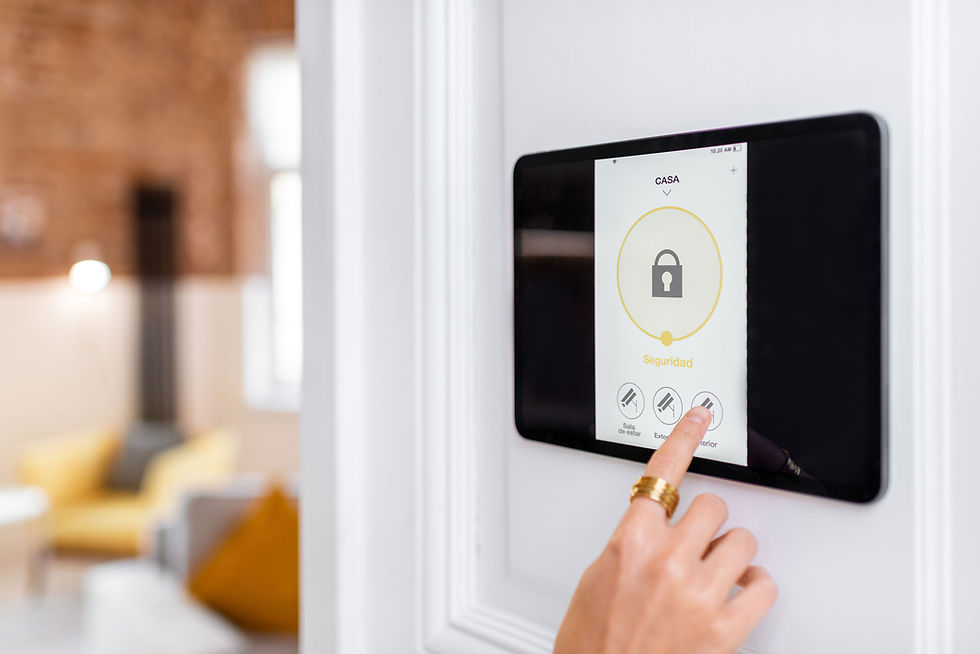The Blueprint for Security: Why Access Control Planning is Crucial in Architectural Development
- Alyssa Sanchez

- Sep 18, 2023
- 2 min read

In the world of architectural development, success is often measured by a structure's aesthetic appeal, functionality, and sustainability. However, in today's digital age, security has become an equally critical component of any architectural project. One of the key elements of security planning is access control. Let's explore why it's essential to plan for access control during the architectural phase of development.
Holistic Security Integration
Access control is not an afterthought; it's an integral part of a comprehensive security strategy. By addressing access control during the architectural phase, you ensure that security measures are seamlessly integrated into the design. This holistic approach allows for a more effective and aesthetically pleasing security solution.
Tailored Solutions
Every architectural project has unique security requirements. By planning for access control early on, architects and security experts can work together to create tailored solutions that align with the project's specific needs. This ensures that security measures are not only effective but also efficient and cost-effective.
Aesthetic Considerations
Security measures should not compromise the architectural vision. When access control is an afterthought, it can lead to clunky and unsightly security installations that can detract from the overall aesthetics of the building. By incorporating access control in the initial design, architects can find creative ways to seamlessly blend security features with the building's aesthetics.
Compliance and Regulations
Many industries and building types are subject to stringent security regulations and compliance requirements. Planning for access control from the start allows architects and developers to ensure that the building meets all necessary security standards, avoiding costly retrofits and potential legal issues down the road.
User Experience
Access control isn't just about keeping unauthorized individuals out; it's also about a smooth and secure experience for authorized users. When access control is a part of the architectural plan, it's more likely to be user-friendly, reducing friction to occupants, visitors, and employees.
Future-Proofing
Security needs evolve over time. By considering access control during the architectural phase, developers can future-proof their buildings to adapt to changing security requirements. This proactive approach can save both time and money in the long run.
Risk Mitigation
Security breaches and incidents can have severe consequences, including financial losses and damage to a building's reputation. By planning for access control during the architectural phase, developers can take proactive steps to mitigate security risks, ensuring a safer environment for occupants.
Conclusion
In the modern world, security is a critical consideration for any architectural project. By planning for access control during the architectural phase of development, architects and developers can create buildings that are not only aesthetically pleasing but also safe and secure. This proactive approach allows for tailored security solutions, compliance with regulations, and a better overall user experience, all while future-proofing the building against evolving security challenges. Access control should be an integral part of the architectural blueprint which is why at Turnkey we have dedicated specialists to work directly with architects during planning and development stages to ensure the plans appropriately account for and plan for access control.
.png)



Comments